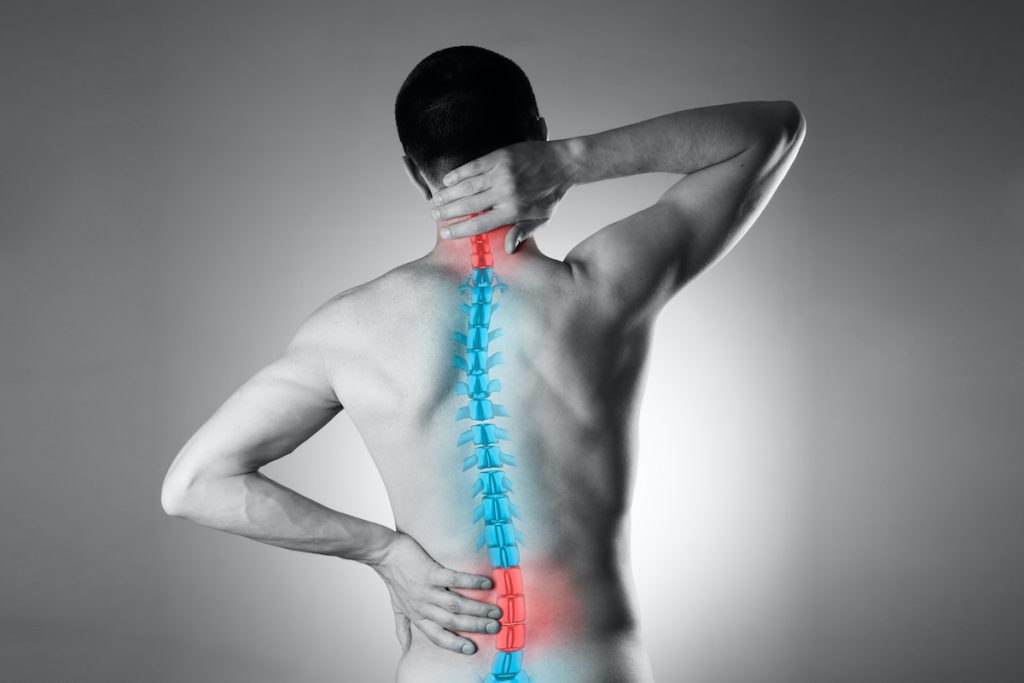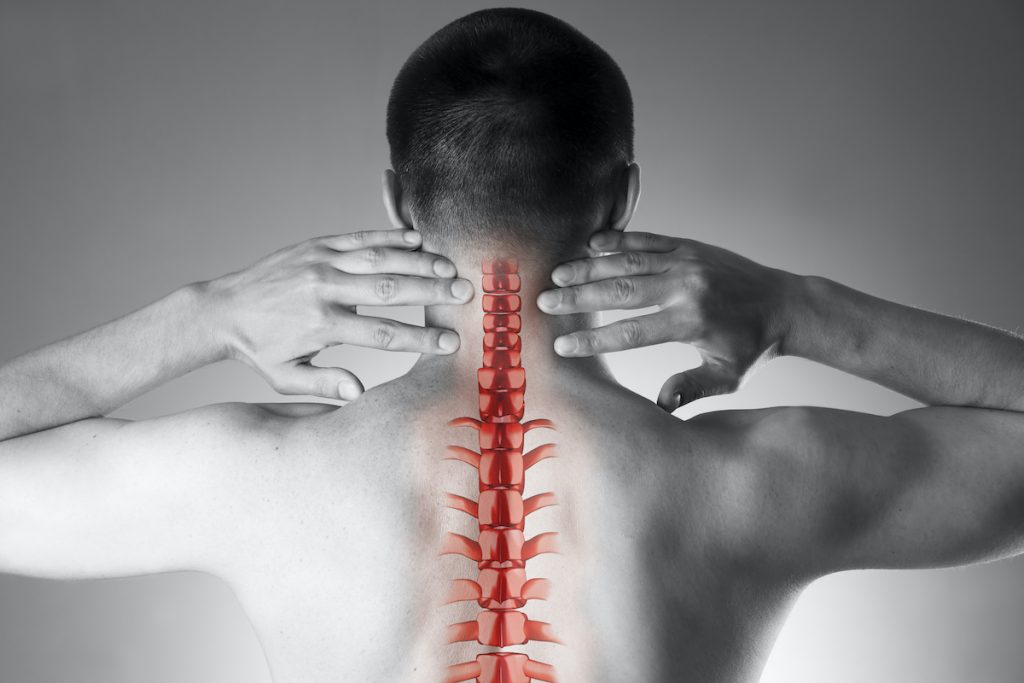Scoliosis is a condition that affects around 3% of the population, which doesn’t sound like much, but that’s still around 5 million people in the U.S. alone. Scoliosis causes a person’s spine to curve in one direction, which can cause pain, weakness, and changes in the way a person walks, as well as affect their posture in a negative way.
For extreme cases, surgery and back braces are required, but for people with mild scoliosis, simple stretches and exercises can be a good way to manage the pain –and in some cases, even straighten out the spine to normal levels. Fortunately, there are exercises for your scoliosis that can help you manage the pain.
Note: Scoliosis exercises have found favor with most doctors, but it’s still a good idea to consult with your physician before doing any of these activities.
Pelvic Tilts
Pelvic tilts are a great way to stretch out tight muscles in the lower back and, of course, your hips. To perform a pelvic lift, lie on your back with feet flat on the floor and your knees slightly bent. Flatten your back against the floor while tightening your stomach. Hold this for 5 seconds, and then release. Repeat this until you’ve completed two sets of 10 reps, with a short break in between sets.

Arm Raise/Leg Raise
Another way to strengthen your lower back, arm raises and leg raises are exactly what their name advertises: it’s an exercise that involves you raising your arms and legs in a way that stretches out your lower back muscles. To perform these, lie on your belly and keep your body flat on the floor. Extend your arms over your head and have your palms flat on the ground as well.
Keep your legs straight and then raise one arm off the ground. Hold it up for five seconds and lower it down slowly. Do the same for the other arm, and both legs. Repeat until you’ve completed two sets of 7 reps, with a short break in between sets.
Latissimus Dorsi Stretch
The latissimus dorsi is the biggest muscle in your upper back and stretching this out is a great way to relieve the pain of thoracic scoliosis. To stretch out your latissimus dorsi, stand straight in a neutral posture. Put your feet around shoulder-width apart with your knees slightly bent. Then, reach over your head and use your hand to grab your wrist.
Bend slightly to one side until you feel your other side stretch out. Hold this for a few seconds and release. Do this for the other side. Repeat until you’ve completed two sets of 10 reps per side, with a short break in between sets.
It’s also worth mentioning that the type of exercise and stretching you should do depends on the type of scoliosis you have. Lumbar scoliosis affects the lower back while thoracic scoliosis affects the upper back and shoulders, so be mindful of which exercise to do. Be mindful as well of the pain. If any of these exercises or stretches start hurting, stop and dial it down.






